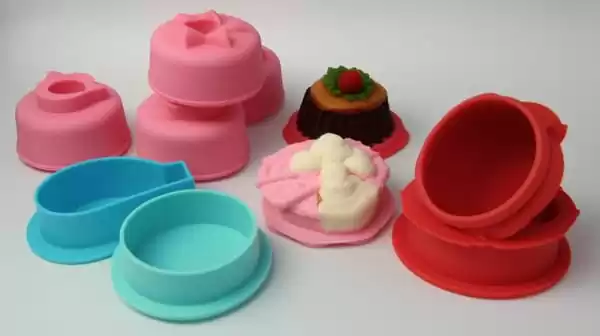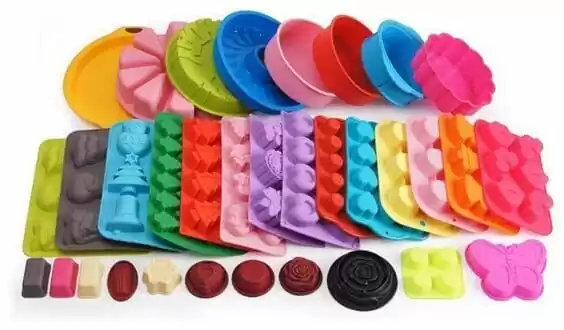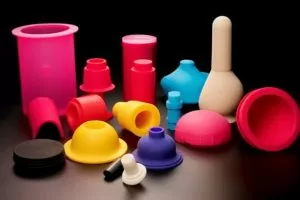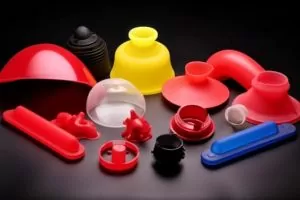Introduction
It is said that people wear and rely on clothing and horses rely on saddles. In turn, product quality also depends on auxiliary products to maintain product quality. Silicone products are no exception. In addition to raw materials, product processing, packaging and molds are also very important, and a Long-term production of high-quality products without continuous maintenance of curing process of the mold may cause many problems, so the maintenance of the mold is naturally indispensable. What are the general maintenance methods?
When the mold of a silicone product manufacturer has been used for a long time, we all need to do some maintenance. This will not only extend the shelf life span of the mold, but also help us avoid any obstacles during use. It can also reduce the cost and cost of repairing the mold. What are the losses caused by missed work and the basic maintenance of molds?

Effectively store and maintain silicone molds
Release agent:
Applying a layer of release agent to the silicone mold has a good release effect. Every newly purchased silicone mold is not easy to stick, but eventually wear after long-term use, the mold sticking phenomenon will be found. In order to make it To make the mold last longer, you can use a release agent. There are two types of release agents: spray and liquid. Apply or lightly spray it into the mold and wait for ten minutes before use. The release agent has a very good release effect, which can make the mold last longer and be better maintained.
2. Soapy water:
Keeping the silicone mold clean can extend the service life of the mold. If the silicone mold is used too much, over time, there will be glue resin and stains left in the mold, which will become difficult to remove. You can use warm water, soap, detergent and other cleaning fluids, and use a cloth to scrub the silicone mold surface, which has a good effect. Avoid using sharp tools, such as steel balls that can damage the surface of the silicone mold.
3. Use heating equipment as little as possible:
Sometimes equipment such as a hot air gun is used to heat the silicone mold to bubble and demould. This method will make air bubbles to affect the silicone mold and destroy the silicone structure. This local heating will cause the silicone to deform and deform, resulting in inaccurate molding. If you want to heat, you can choose to heat the entire mold in a heating container.
4. Demolding:
If mucous membranes appear during the demolding process, do not use sharp scrapers to prevent scratching the mold. For example, when using silicone cake molds, a scraper will be used to remove cakes and bread. Try to use non-dull scrapers. Or you can place a layer of butter paper on the bottom of fresh mold for easier release.

5.Recommendations for Preventing Deformation During Storage:
Silicone molds can be delicate, and their shapes can be easily distorted if not stored properly. To prevent deformation:
Lay flat molds on a flat surface without stacking heavy items on top.
For molds with more intricate designs or those that are prone to bending, consider using a supporting structure or casing that maintains their shape without applying a small amount of pressure.
Keep them away from edges or areas where they might rust or be accidentally crushed or bent.
6.Choosing the Right Mold Release Agent for Silicone and Resin:
Not all intricate molds release agents are suitable for every material. For silicone molds, especially when casting with epoxy resin, look for mold damage agents that are specifically designed for this purpose. These agents ensure compatibility and effectiveness, providing a barrier that prevents the resin from bonding to the silicone.
7.Application Tips for a Thin Layer to Ensure Easy Demolding:
Clean the mold thoroughly before application to remove any debris or residues that could interfere with the agent’s effectiveness.
Apply a thin, even layer of the mold release agent over the entire surface of the mold. This can be done using a spray for convenience or a soft brush for more detailed applications.
Allow the agent to dry completely before pouring your casting material. Follow the manufacturer’s instructions for drying times to ensure optimal results.
Remember, a little goes a long way. Over-application of the release agent can lead to issues with the final cast, such as surface defects or incomplete curing that fails to remove air bubbles.

Conclusion
Throughout this article, we’ve explored the essential practices for creating and maintaining silicone molds, emphasizing the importance of regular cleaning, careful storage, and the judicious use of mold release agents. Each of these steps plays a crucial role in preserving the integrity and functionality of silicone molds, which are invaluable tools across various industries for their versatility and ability to produce high-quality, detailed casts.
The longevity of silicone molds and the quality of the manufacturing process are directly influenced by the care and maintenance these molds receive. Proper care and maintenance ensures that molds continue to produce precise, high-quality casts and remain a cost-effective tool in the manufacturing and crafting arsenal. By adopting these maintenance practices, users can avoid common pitfalls such as material stickiness, mold degradation, and imperfect castings, thereby ensuring their silicone molds serve them well for many years to come.
In conclusion, the importance of proper silicone mold maintenance cannot be overstated. It is a critical aspect of the manufacturing process that impacts not only the lifespan of the molds themselves but also the quality and consistency of the products they create. By adhering to the guidelines outlined in this article, you can ensure that your silicone molds remain a reliable and valuable resource in your production workflow.



